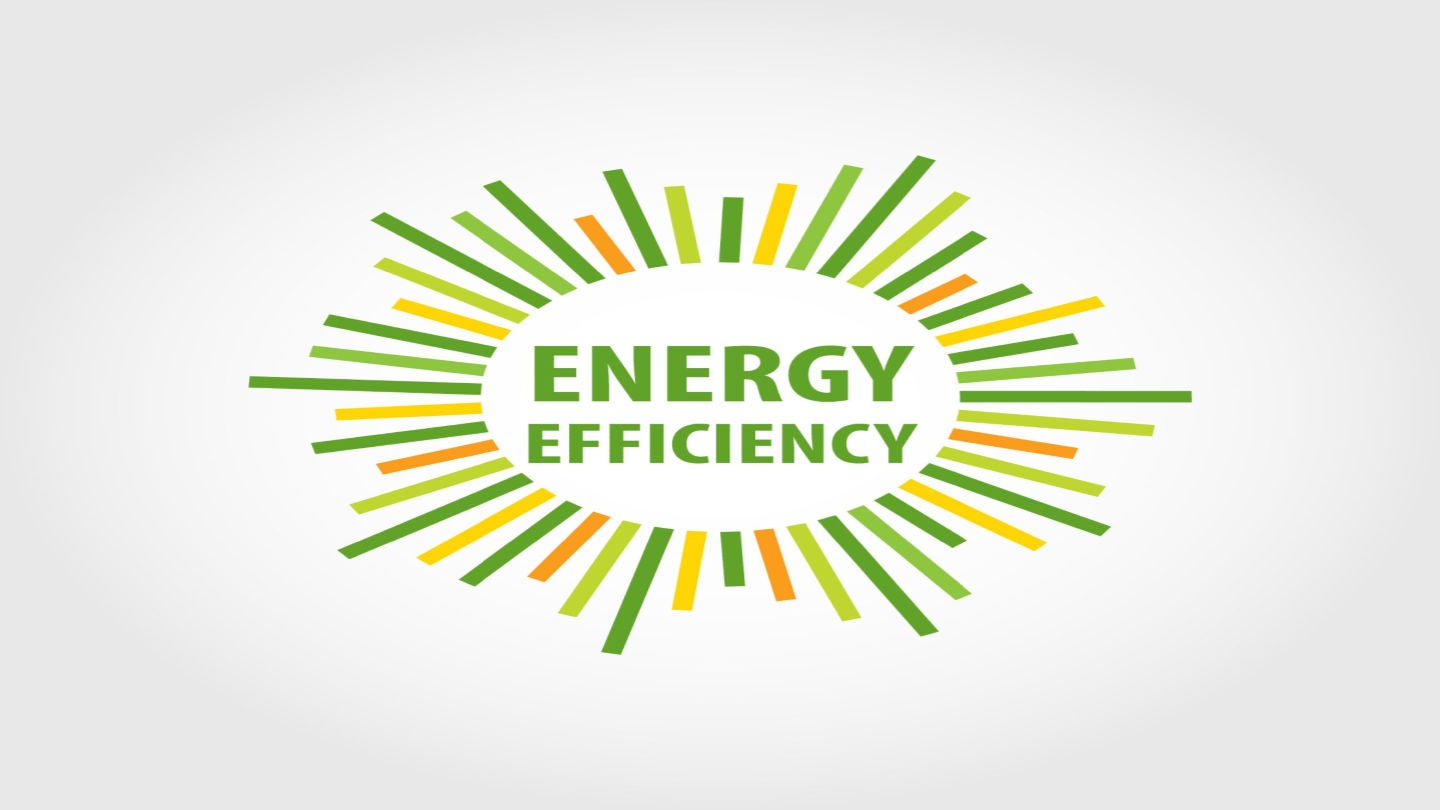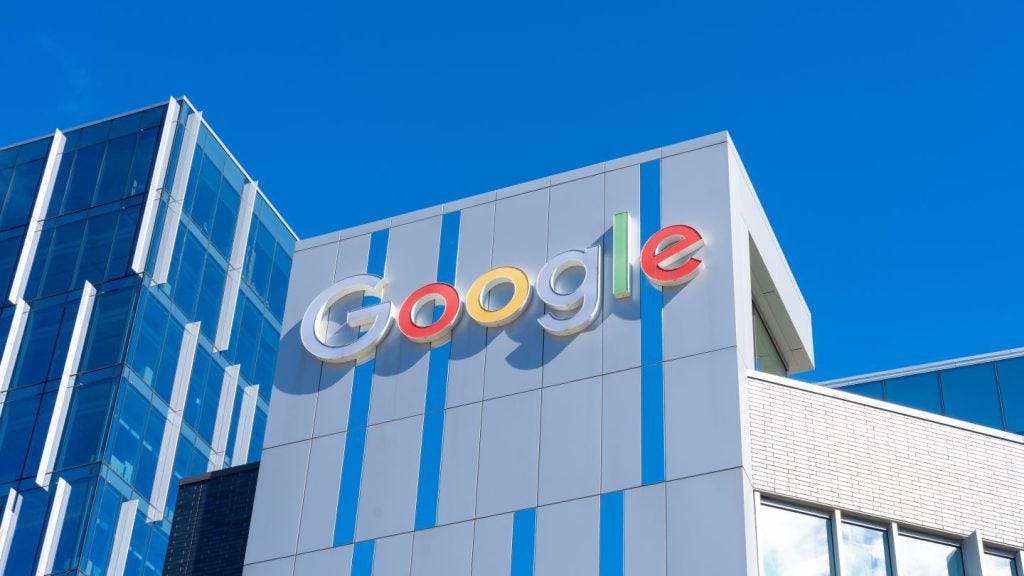Customers are growing significantly more aware of energy impacts on the environmental, social, and governance (ESG) policies of the companies they do business with, both from a personal and professional standpoint. Just like your mother might have said when you were young, ‘You are the company you keep.’ As a result, companies are examining the suppliers and vendors they do business with. Really, the entire supply chain for their goods and services is being scrutinized.
But one of the things the most companies consider fairly easy to score wins on is the environmental factor – particularly with power savings. With global energy supplies threatened by extreme weather events and geopolitical unrest in Europe and other parts of the world, examining and reducing corporate energy consumption has become necessary. Often, corporate IT organizations are exempt or minimally involved from most energy-cutting moves. The attitude is that the company cannot run without its IT assets, and doing anything about it would be expensive and disruptive.
Energy savings and ESG
Both of those things are true, for corporate data centers getting more energy-efficient is not easy or cheap. But with greater availability of renewable resources, and new sources like hydrogen beginning to show themselves, it behoves C-suite executives and IT management to take a look at what kinds of things can be done short and long-term to minimize the energy consumption of its IT organization.
Clearly big changes like building new energy-efficient data centers takes years of planning and execution. But there are also other possibilities. Partnering with other area businesses to build a joint facility to split costs. Moving assets to newer co-location facilities that has good numbers and modern facilities also comes to mind. Moving entirely to the cloud is also a possibility as those providers run their operations as efficiently as they can; conserving energy is a huge bottom-line concern for them.
What IT leaders can’t do is ignore the energy footprint of IT operations. The issue of making IT more energy efficient isn’t as easy as adding more insulation, better windows, and high-efficiency lighting in the headquarters. But ultimately, lowering costs and meeting an energy efficiency standard that customers are going to increasingly demand will be worth-while.








